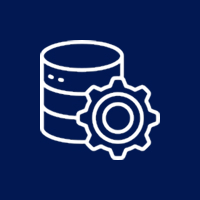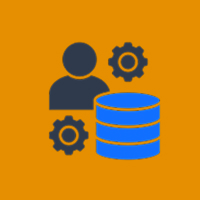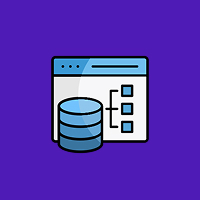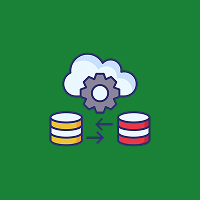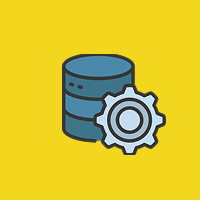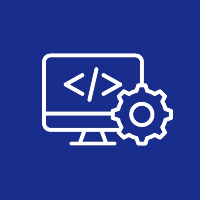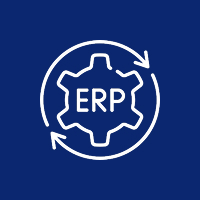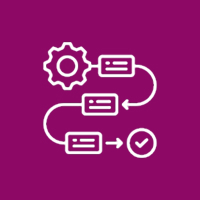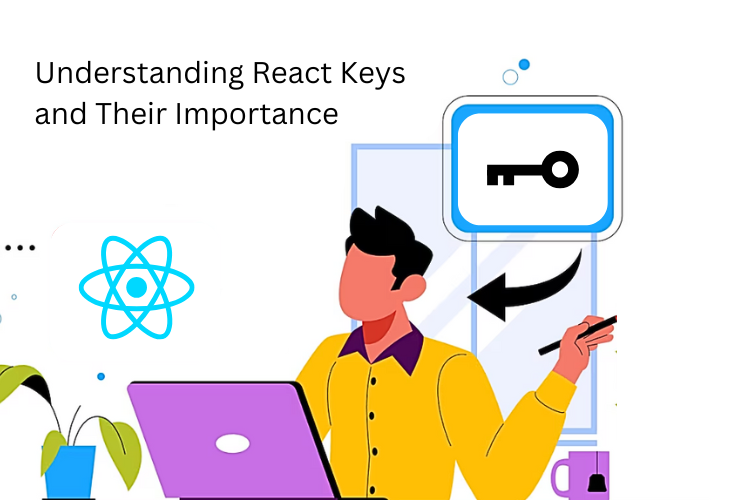In the fast-paced environment of modern software development, performing manual database management can have an adverse effect on your deployment cycles and increase the chances of making an error. This can compound issues for teams that use dynamic databases extensively in modern applications. As a result, it is essential for essential engineering criteria – consistency, reliability, and scalability – are established to expect and/or standardize database deployments.
Automation is a principle of DevOps based on collaboration, automation, and CI/CD practices (continuous integration & continuous delivery). Applying automation and CI/CD to databases will allow engineering and database teams the ability to deploy at a consistent speed, consistency, and reduce downtime due to errors (if coding standards are followed).
This blog aims to explore database automation, explain how DevOps tools integrate automation, and highlight best practices for building and managing automated database workflows in a modern development pipeline.
What is Database Automation?
Database automation is the use of tools and scripts to automate repetitive database tasks such as:
- Provisioning new database environments
- Running schema migrations
- Management of database backups and restoration
- Management of configuration changes consistently across environments
- Monitoring databases performance and alerts
The purpose of automating a database is to simply save time, prevent human error, and assure reliability is improved. Additionally, when coupled with DevOps approaches, automating a database is imperative when looking to execute continuous delivery and applying infrastructure-as-code strategies.
Why DevOps Tools Are Essential for Database Automation
DevOps tools streamline the entire software delivery lifecycle, and when applied to databases, they provide:
- Consistency Across Environments: Automated scripts ensure database schemas and configurations are identical in development, testing, and production.
- Faster Deployments: CI/CD pipelines can deploy database changes automatically alongside application code.
- Reduced Risk of Errors: Manual database updates are error-prone. Automation mitigates these risks.
- Enhanced Monitoring and Maintenance: Tools can automatically backup databases, monitor performance, and generate alerts.
- Scalability: As applications grow, automated tools simplify provisioning and scaling database infrastructure.
Popular DevOps tools such as Jenkins, GitLab CI/CD, Ansible, Terraform, Liquibase, Flyway, and Redgate are commonly used to automate different aspects of database management.
Essential DevOps Procedures for Database Automation
Infrastructure as Code (IaC)
Tools like Terraform and Ansible allow developers to define the database infrastructure in a declarative manner. This allows environments to be reproducible, version controlled, and easily deployable.
Continuous Integration/Continuous Deployment (CI/CD)
By embedding the database changes in a CI/CD pipeline, changes can be deployed alongside application updates, including schema updates, seed data, and configuration changes. Tools like Jenkins and GitLab CI/CD are available for automating workflows around these procedures.
Version-Controlled Database Scripts
Just like the application’s code, database scripts should be in a VCS. Tools like Flyway and Liquibase can manage schema migrations, changes to the schema, and reverting changes to the schema if needed.
Automated Backups and Restore
Scheduling regular automated backups and testing backup restore procedures are critical in ensuring data safety. DevOps automation tools are capable of handling snapshot creation, offsite storage, and backup retention policy.
Monitoring and Alerting
Tools like Prometheus, Grafana, and New Relic can automate the monitoring of database systems, generating alerts based on slow queries, high memory usage, or replication lag. Proactive monitoring helps reduce downtime and performance issues.
Testing Database Changes
Automated testing of database scripts before deployment helps reduce the risk of breaking production databases. Integration testing environments that mimic production will help to ensure safe changes to production instances.
Advantages of Automation of Databases Utilizing DevOps Tools
- Increased Reliability: Automated workflows minimize the likelihood of human errors and guarantee that database states are always consistent.
- Accelerated Time-to-Market: Automation speed up deployments and allows teams to shift towards more valuable features.
- Improved Collaboration: Developers, DBAs, and the operations team develop their own workflows to generate automation processes together.
- Scalability: You can provision and manage databases more simply for scale in growing applications without the need for manual intervention.
- Compliance and Auditability: Version-controlled scripts and automated logs provide evidence to regulatory compliance requirements.
Challenges and How to Overcome Them
While database automation brings many advantages, it also presents challenges:
- Complex Migrations: Large schema changes can be difficult to automate. Solution: Use incremental migrations and thorough testing.
- Downtime Risk: Automated deployments can affect live systems. Solution: Implement blue-green or rolling deployments.
- Tool Integration: Choosing the right combination of DevOps and database tools can be overwhelming. Solution: Standardize on a few reliable tools that fit your workflow.
- Rollback Strategy: Errors in automation can propagate quickly. Solution: Always include automated rollback or restore procedures.
Tips for Database Automation Success
- Leverage source control for database scripts, treating them as code. All database changes should be reviewed, tested, and version-controlled.
- Utilize CI/CD pipelines for your database to facilitate integration between deployments of code to a database schema change.
- Automate backups and implement a disaster recovery strategy for your databases.
- Continuously monitor your databases for performance or security issues.
- Implement incremental and reversible migrations to eliminate downtime.
- Ensure development, staging, and production environments are as close to parity as possible.
- Document your processes and automate workflows to allow team collaboration, and auditing.
Wrap Up
Database automation using DevOps tools is not optional anymore but is a requirement for modern software development. Automated workflows, CI/CD pipeline movement, monitoring, and database backups, allow a team to deliver reliable, scalable and secure database workflows while minimizing operators’ manual errors and enabling greater efficiency.
Whether an organization is managing a small web application or a larger enterprise system, incorporating DevOps practices into your database automation ensures that changes can be made more quickly, fosters team collaboration, and has an infrastructure that can keep up with growth.
Automation provides a bridge for development and operations teams to work in a cohesive and seamless way, and databases (the core of application functionality) need to be a part of that journey. Organizations can develop a fully automated, efficient, and resilient database infrastructure using DevOps tools.
Contact Us Today













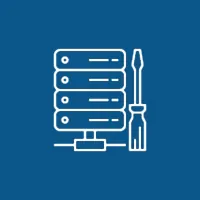 Database Development
Database Development





